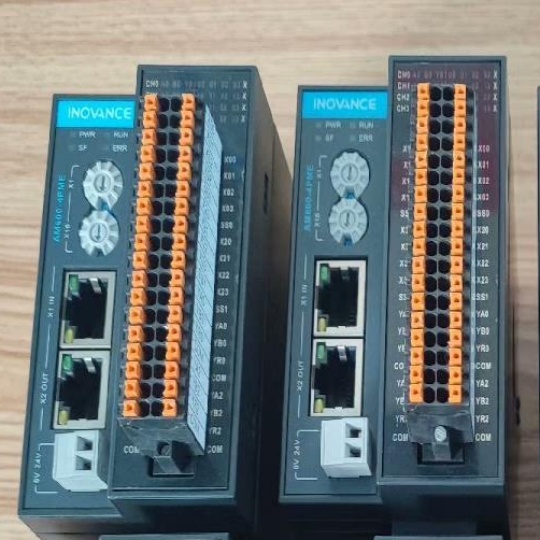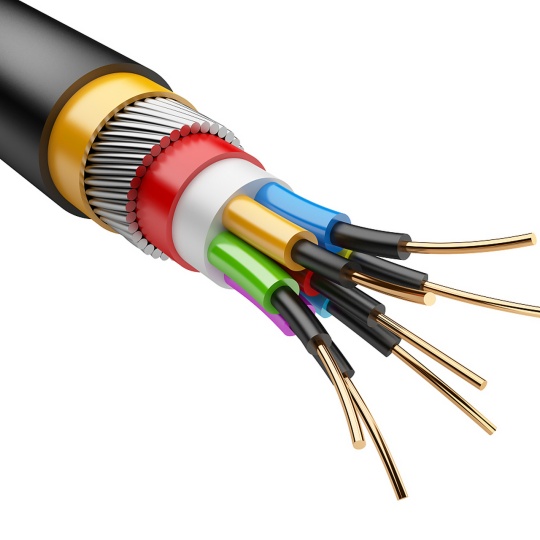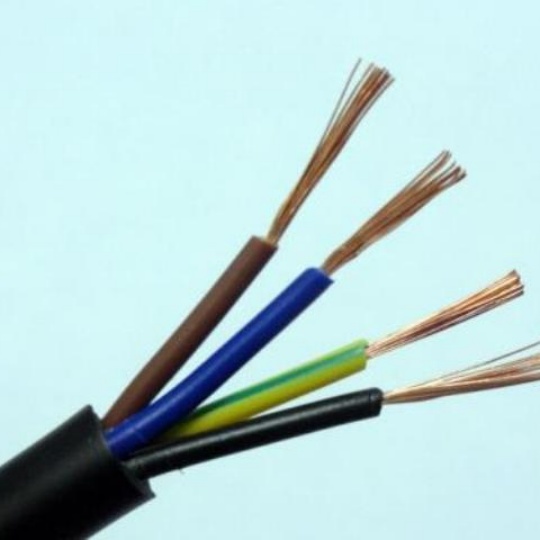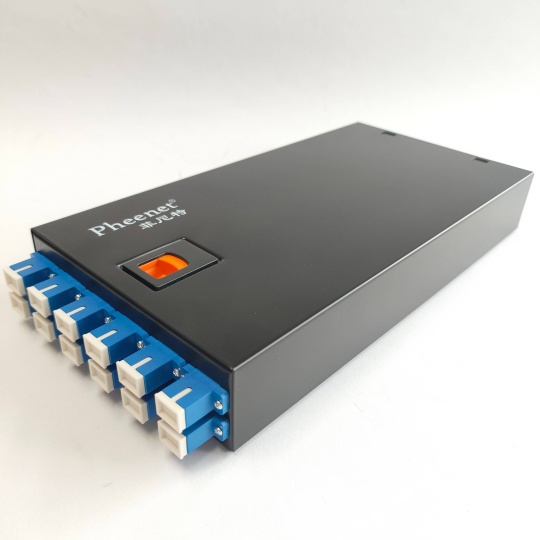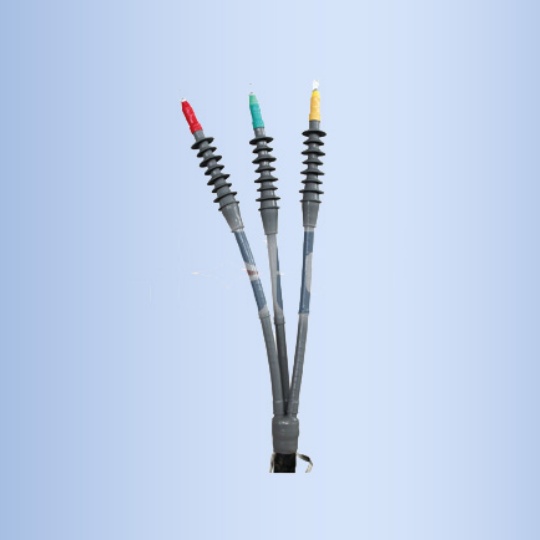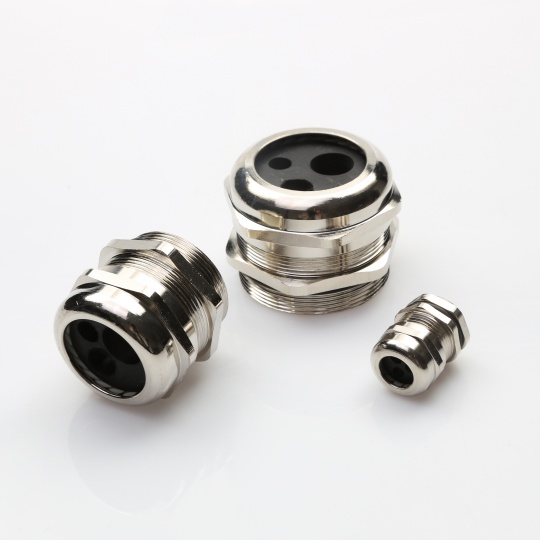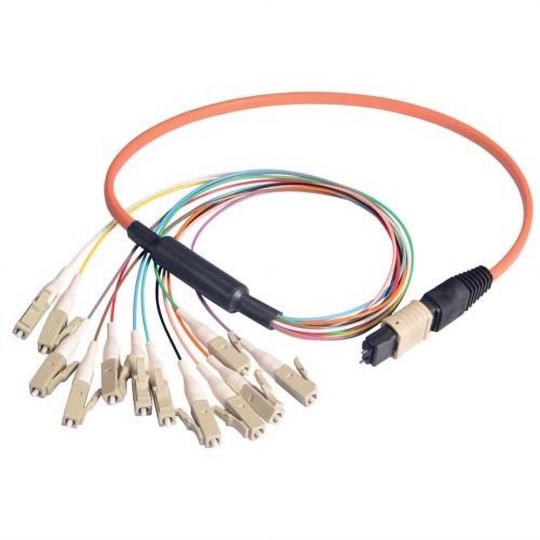What specifications should I check before buying an industrial cable
When it comes to purchasing an industrial cable, making the right choice is crucial for ensuring safety, efficiency, and longevity in your operations. Industrial cables are designed to withstand harsh environments, handle heavy electrical loads, and perform reliably under demanding conditions. To avoid costly mistakes and operational disruptions, there are several key specifications you must check before making a purchase.
Conductor Material and Size
The conductor is the core of the cable, responsible for carrying electrical current. The material of the conductor directly impacts its conductivity, durability, and resistance to corrosion. Copper is the most common choice due to its excellent conductivity and flexibility, making it suitable for most industrial applications. Aluminum, on the other hand, is lighter and more cost-effective but has lower conductivity and can be prone to oxidation, requiring special connectors. Depending on your needs—such as high current requirements or weight constraints—you’ll need to select the appropriate material.
Equally important is the conductor size, measured in American Wire Gauge (AWG) or square millimeters (mm²). A larger conductor (smaller AWG number) can carry more current without overheating. It’s essential to match the conductor size to the expected current load of your equipment to prevent voltage drops, overheating, and potential fire hazards.
Insulation and Jacket Materials
Industrial cables operate in diverse environments, from high temperatures and moisture to exposure to chemicals, oils, or mechanical abrasion. The insulation (which covers individual conductors) and the outer jacket (which protects the entire cable) must be made of materials that can withstand these conditions.
For high-temperature environments, materials like silicone rubber or fluoropolymers (e.g., PTFE) are ideal, as they can resist temperatures up to 200°C or higher. In wet or humid settings, polyethylene (PE) or polyvinyl chloride (PVC) with moisture-resistant properties is a better choice. If the cable will be exposed to oils, solvents, or chemicals, look for jackets made of neoprene or nitrile rubber, which offer excellent chemical resistance. Additionally, the insulation must have a high dielectric strength to prevent electrical leakage and short circuits.
Voltage and Current Ratings
Every industrial cable is rated for a specific voltage and current, and exceeding these ratings can lead to catastrophic failures. The voltage rating indicates the maximum voltage the cable can safely handle without insulation breakdown. For example, low-voltage cables (up to 1kV) are used in most machinery, while high-voltage cables (1kV to 35kV or more) are necessary for power distribution systems.
The current rating, often referred to as ampacity, is the maximum current the cable can carry continuously without exceeding its temperature limit. This rating is influenced by factors like conductor size, insulation material, and ambient temperature. Always ensure the cable’s voltage and current ratings meet or exceed the requirements of your application to avoid overheating and electrical failures.
Flexibility and Bend Radius
In industrial settings where cables are frequently moved, bent, or routed through tight spaces—such as in robotics or conveyor systems—flexibility is a critical specification. Flexible cables are designed with stranded conductors (instead of solid ones) and flexible insulation/jacket materials, allowing them to withstand repeated bending without cracking or breaking.
The bend radius is the minimum radius a cable can be bent without damaging its internal structure. Exceeding this limit can cause conductor breakage, insulation damage, or signal interference (in data or control cables). Check the manufacturer’s specifications for the minimum bend radius, both for static (fixed installation) and dynamic (moving) applications, to ensure proper installation and long-term performance.
Shielding
In environments with high electromagnetic interference (EMI) or radio frequency interference (RFI)—such as near motors, transformers, or other high-power equipment—shielded cables are necessary to maintain signal integrity. Shielding, typically made of braided copper, aluminum foil, or a combination of both, acts as a barrier to block external interference and prevent the cable’s own signals from interfering with other equipment.
For example, control cables or data transmission cables (e.g., Ethernet or Profibus cables) often require shielding to ensure accurate signal transmission. The type of shielding (braided, foil, or spiral) depends on the level of interference and the application—braided shielding offers better flexibility and durability, while foil shielding provides 100% coverage for high-frequency interference.
Environmental Resistance
Beyond temperature and chemicals, consider other environmental factors that may affect the cable’s performance. If the cable will be used outdoors or in direct sunlight, UV resistance is essential to prevent jacket degradation. For underground installations, cables should be rated for burial, with jackets that can resist soil moisture and mechanical damage from digging or root growth.
In explosive environments (e.g., oil refineries or chemical plants), cables must be certified as flame-retardant or explosion-proof, meeting standards like UL 94 V-0 (flame resistance) or ATEX/IECEx for hazardous locations. These certifications ensure the cable won’t ignite or propagate flames in the presence of flammable gases or dust.
Certifications and Standards Compliance
Industrial cables must adhere to international or industry-specific standards to ensure safety and performance. Look for certifications from recognized organizations such as UL (Underwriters Laboratories), CSA (Canadian Standards Association), IEC (International Electrotechnical Commission), or CE (Conformité Européenne). These certifications verify that the cable has undergone rigorous testing for factors like electrical safety, fire resistance, and environmental durability.
For example, , while IEC 60228 specifies conductor standards. Compliance with these standards not only ensures the cable is safe to use but also helps you meet regulatory requirements in your industry.
Conclusion
Purchasing the right industrial cable requires careful consideration of its specifications to match your application’s unique demands. By checking conductor material and size, insulation and jacket materials, voltage and current ratings, flexibility and bend radius, shielding, environmental resistance, and certifications, you can ensure the cable performs reliably, safely, and efficiently. Taking the time to verify these specifications will save you from costly downtime, repairs, and safety risks in the long run.



